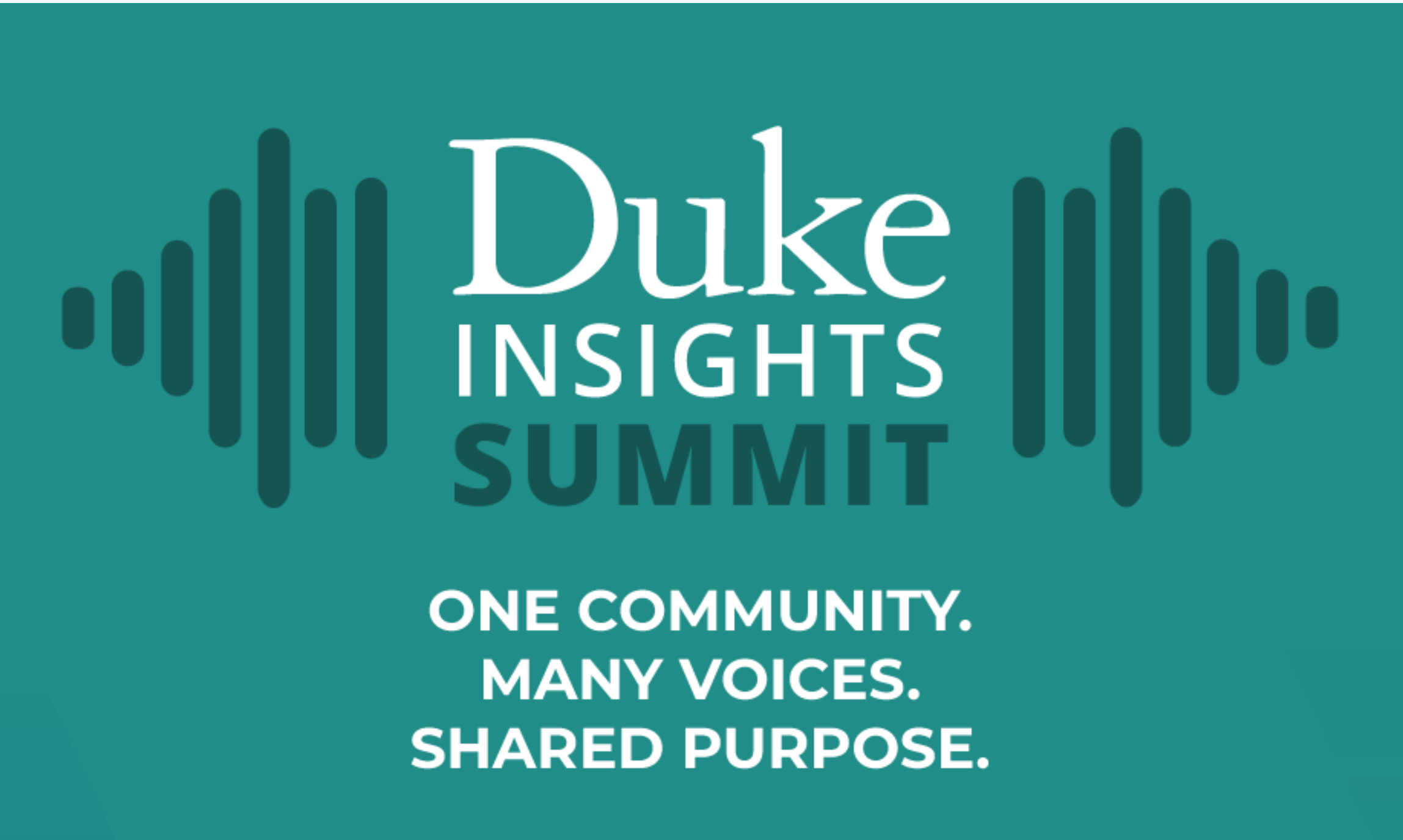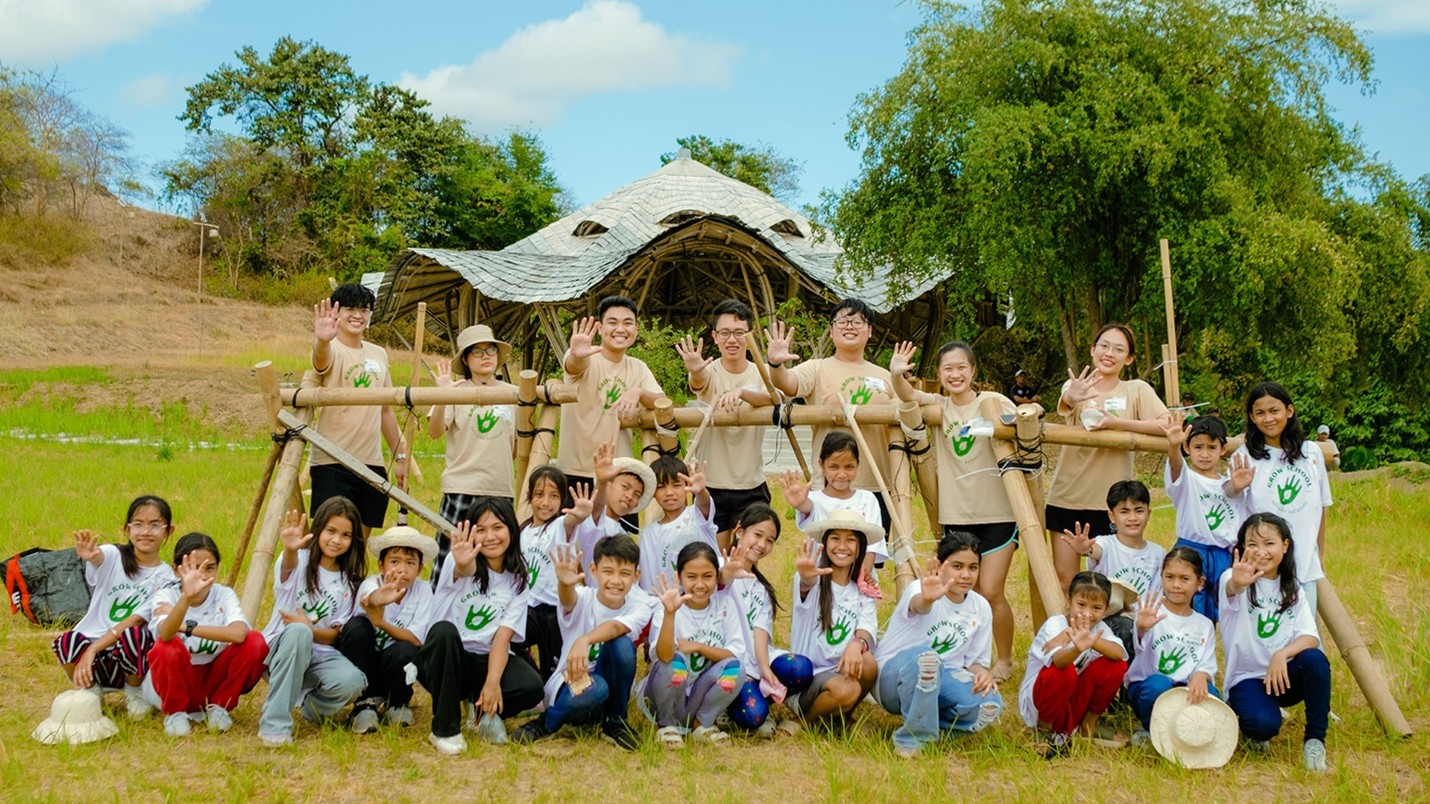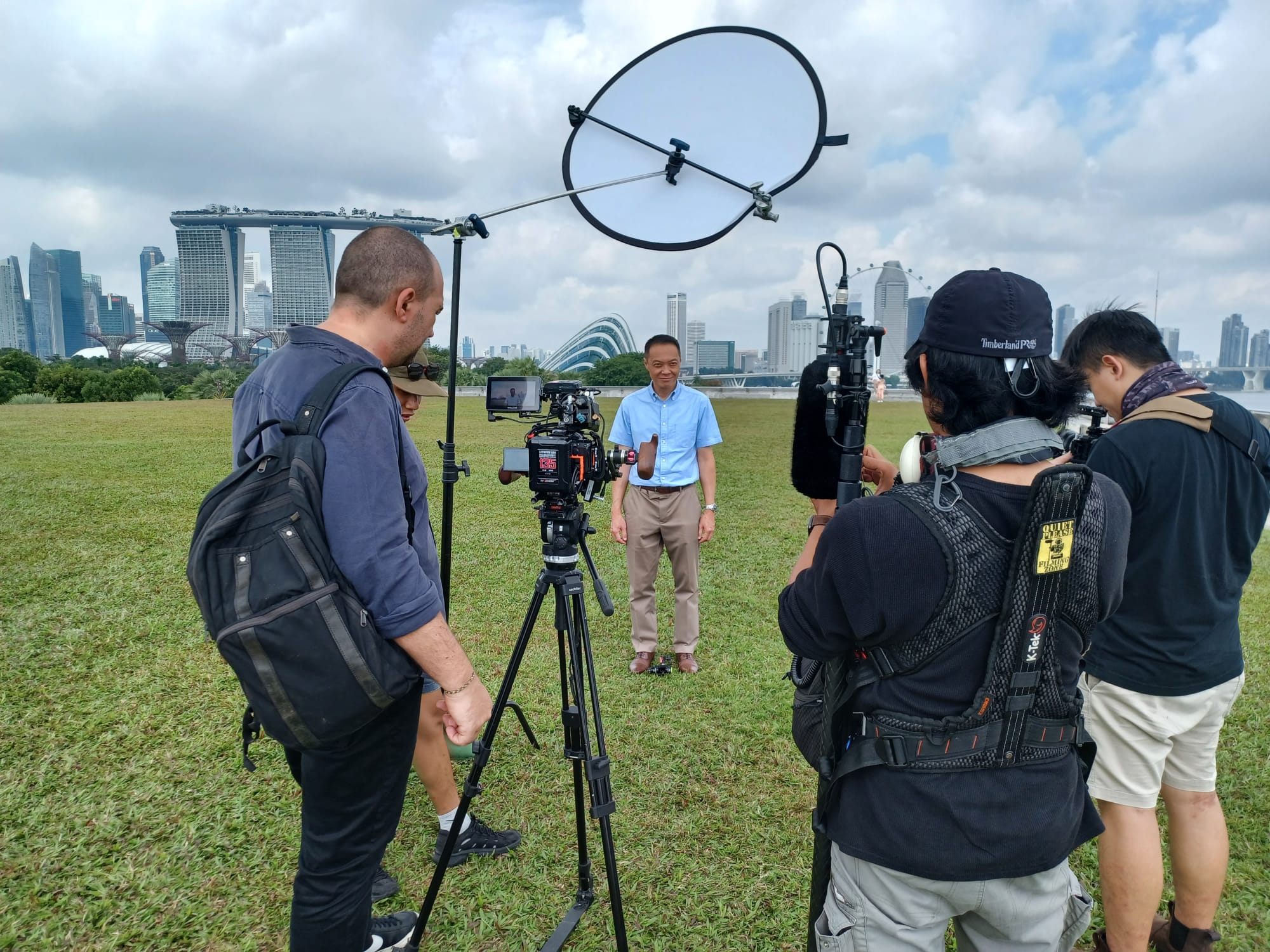How do we make complex ideas accessible to all? In an era defined by extraordinary challenges to higher education, Duke University’s communications community is addressing the moment by creating a new tradition: an inaugural “Insights” Summit for communications professionals.

Themed “One Duke, Many Voices: Shared Purpose,” the day-long event, which takes place on 1 October, aims to create a space for communicators on campus to come together, support one another and spark new ideas.
Communicators were invited to “build connections, find alignment, and reimagine what’s possible—across teams, schools, and disciplines—so we can move forward with shared purpose”.
The morning events will include presentations, dubbed “The Blueprint Series,” fashioned after TED talks, with topics including skills advancement and professional growth, strategic communications and emerging trends in Artificial Intelligence.
As part of the Blueprint Series, the University Marketing and Communications department teamed up with Duke Health to share the “Duke Research Saves Lives” campaign as an example of collaborative and strategic storytelling across campus.
This campaign highlights the real-time impact of medical research at Duke and Durham, nationally, and across the globe. It also illustrates how complex research can be unpacked for non-expert audiences to understand its importance.
Joining the summit is Duke entrepreneurship professor, Aaron Dinin, a senior lecturing fellow, who will deliver an early afternoon keynote address. Beyond the classroom, Dinin has built a large following on social media by producing content focused on startups and entrepreneurship, reaching more than 250 million people each year. His work has also been featured on the Today Show, The Wall Street Journal, Forbes and WIRED, among other outlets.
The summit will conclude with a communicators’ discussion, a presentation that focuses on how communicators can “fuel” their work and an awards ceremony that spotlights outstanding work by communicators—all nominated by colleagues.
Beyond the Summit: Helping researchers communicate
Beyond the summit, a broader ecosystem exists that helps researchers communicate how their work impacts everyday lives.
To support Duke researchers in improving how they communicate to people outside their field of expertise, Duke offers various training courses and support for those interested in communicating their science to a broader audience such as government officials, potential investors, and the general public. These training sessions will continue to run after the summit throughout the year.
_workshop32ec612c-864b-480a-9263-ed9ae32d7dd4.jpeg?sfvrsn=bc12af18_1)
“We do spend a decent amount of time getting people to speak in language that’s understandable,” said Eric Ferreri, senior writer at Duke University who often guides Duke experts who are writing op-eds and trains departmental groups on media engagement. Reducing jargon helps make the content more digestible for a lay audience, added Ferreri.
But training researchers and communicators to explain complex research to nontechnical audiences requires a different approach than what researchers are more accustomed to, such as through grants and peer-reviewed papers.
Which is why meeting researchers where they are is important for Duke science producer Veronique Koch. A former marine biologist herself, Koch runs workshops for researchers where she breaks down the process of crafting a compelling story in a procedural way—citing frameworks like the Hero’s Journey, a common story structure that describes the protagonist’s quest.
She brings materials like pipe cleaners and Play-Doh and has researchers practice explaining their work in a completely different way: Using a simple stop-motion animation app. “That brings out childlike creativity and curiosity.”
“All stories are human stories,” said Fedor Kossakovski, director of research communications at Duke. “Research, at its core, is a human endeavor and highlighting the human personalities and impact helps connect researchers to a larger audience.”




_workshop.jpeg?sfvrsn=183a5752_2)


